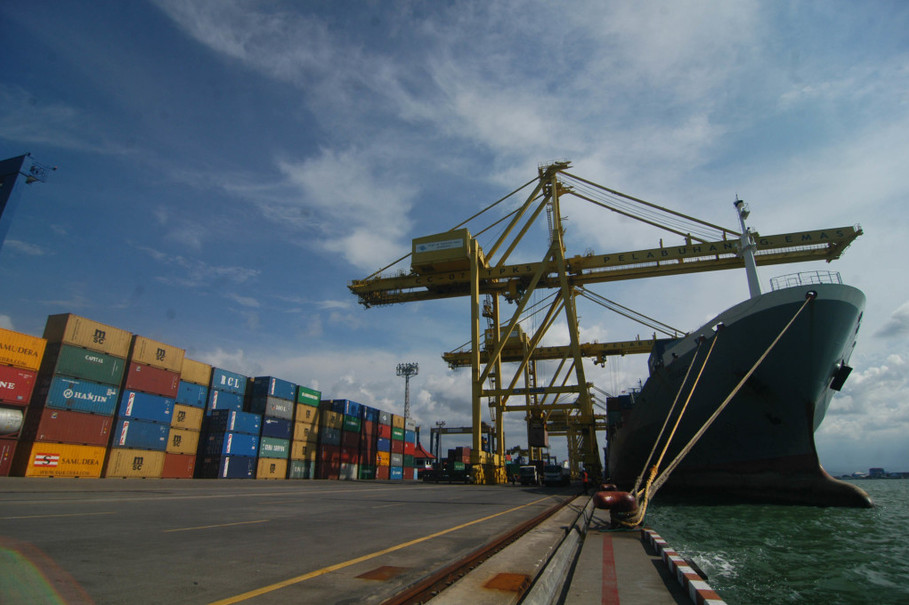The government has been urged to take immediate action to tackle a potential rise in the poverty rate amid the weak domestic economy, as existing programs have been ineffective in addressing the issues.
Central Statistics Agency data shows that the number of people living in poverty had risen to 11.13% of the total population as of September last year, compared with 10.96% in September 2014, Yahoo reported.
Indonesia’s economy slowed to 4.7%, the lowest level in six years, in the past few quarters, with layoffs and a weak rupiah diminishing people’s purchasing power. Meanwhile, rising food prices—which are higher than the subdued headline inflation—also affected the poor.
“It’s highly urgent now for the government to improve and more effectively utilize existing programs and funds to slash the poverty rate,” Enny Sri Hartati, a researcher from local think-tank the Institute for Development of Economics and Finance, said on Tuesday.
The government has rolled out policies to support the poor, including social assistance cards, speedier disbursement of village funds, providing extra rice for the poor and boosting the government-subsidized microcredit program, among other things.
However, these policies have still met the criticism of observers, who think that the many government bodies involved in the programs hinder them from making meaningful inroads into poverty.
“If the funds and programs are spread among various state bodies but not coordinated and the budget is not pooled, the impact will remain minimal,” Enny said.
Riza Damanik, chairman and economist at Global Justice, said that regional administration initiatives and action were also needed in addition to central government-initiated programs.
As much as 63% or 17.89 million of the total 28.51 million of the nation’s poor live in villages, so action should be taken at the regional level too, he added.
“The tendency of village development so far has always been toward natural resource exploitation. Processing and production of value-added goods has mostly been centered in cities. This triggers bright people to leave their homes and villages and move to cities,” Riza said.
“Existing village funds should be used by the regional administration to build villages as centers of innovation not exploitation, so competent people stay and develop the area together,” he remarked.
In one of the government’s recent economic stimulus packages, it eased disbursement of village funds for cash-for-work programs to speed up basic infrastructure development and provide jobs for people in villages.
But the delayed disbursement of village funds last year might have contributed to the slight uptick in the September year-on-year poverty rate, the ministry of disadvantaged regions and transmigration said.
The ministry’s director general for development and empowerment of villages Ahmad Erani Yustika believes the impact of last year’s village funds would begin to yield results early this year.


